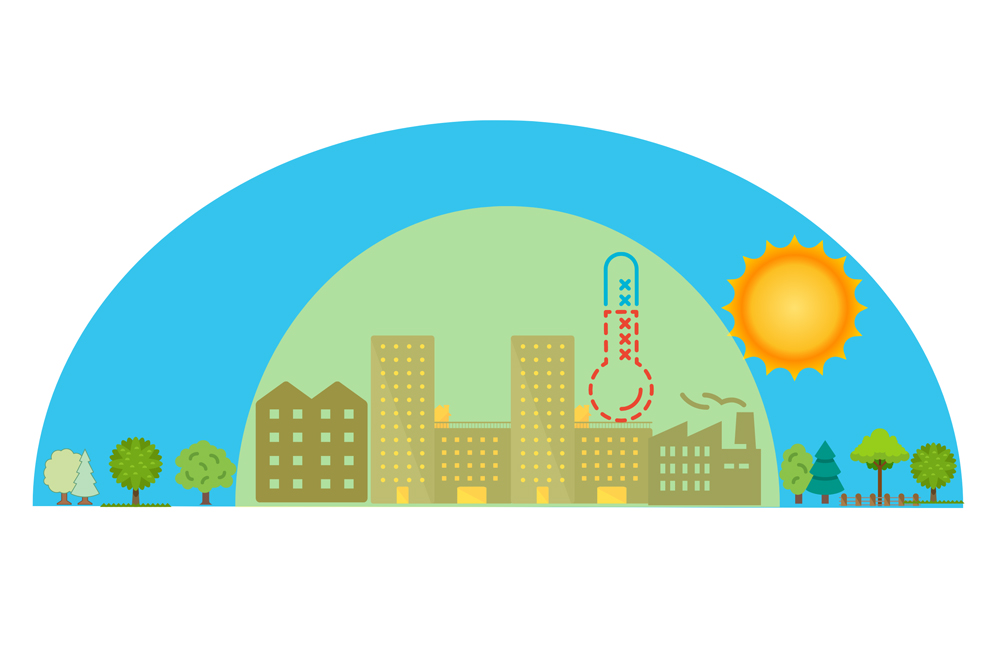
The effects of climate change, which previously arrived through news that to some extents were a distant reality, are now beginning to become part of our daily lives.
As unfavorable consequences are felt, we begin to become familiar with terms such as “urban heat island”, a situation experienced in large centers due to the fact that they consume high amounts of energy in electricity and fuel, in addition to having less vegetation to provide shade and refrigeration and are also built with materials that absorb and store the sun’s energy.
As a result, the temperature rises, which means wasting energy when using it for cooling, in a vicious circle that worsens the problem. As a result, solutions are created by cities that have experienced the negative effects, having created their plans admitting, among other measures, an increase in the number of trees and buildings that provide more green areas and air circulation.